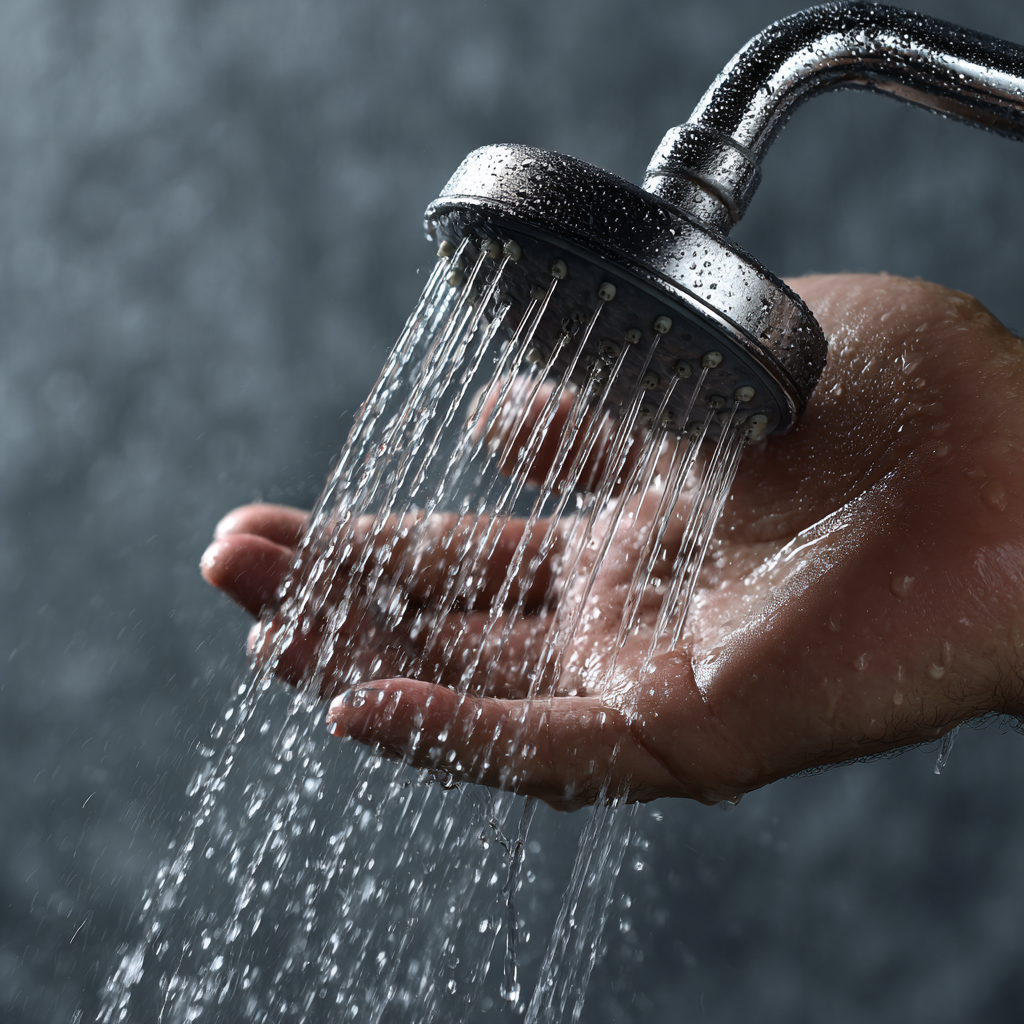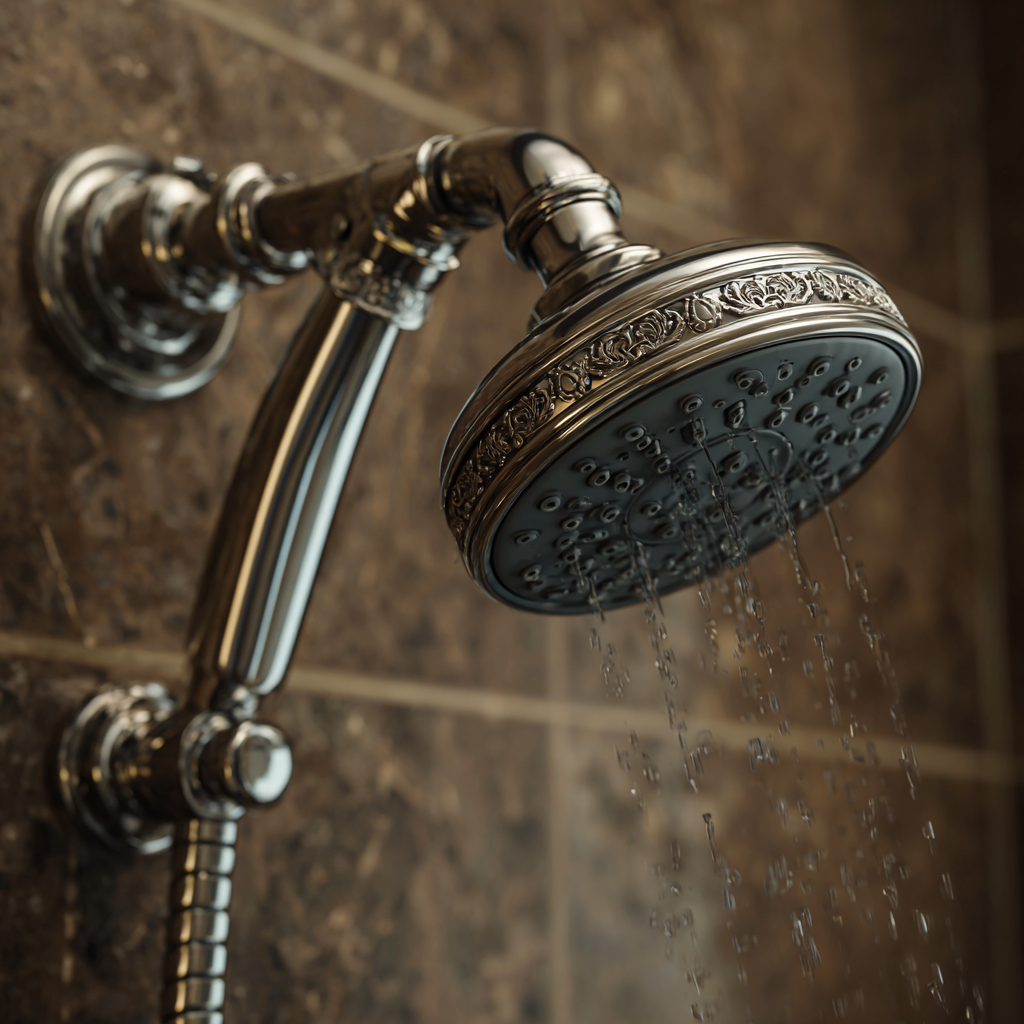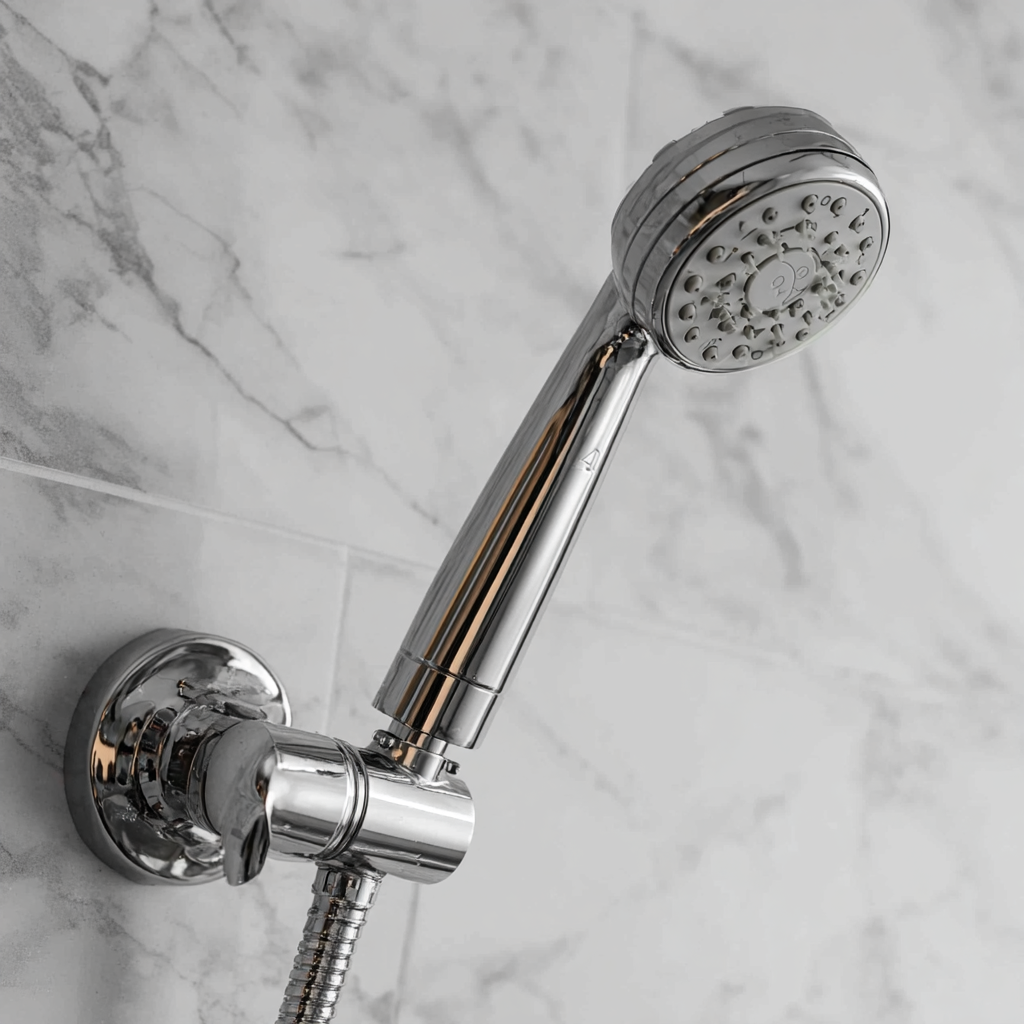
The Definitive Handbook for Sourcing the Best Hand Showers Globally
In the evolving landscape of bathroom fixtures, hand showers have emerged as a pivotal component in enhancing user experience, blending functionality with aesthetic appeal. According to a report by Grand View Research, the global hand shower market size was valued at approximately USD 3.57 billion in 2019 and is anticipated to expand at a CAGR of 6.9% from 2020 to 2027. With more consumers prioritizing personalized bathing experiences, the demand for innovative hand showers is on the rise. As we approach 2025, significant technological trends are reshaping the industry—ranging from eco-friendly designs to smart technology integrations. This definitive handbook aims to guide you in sourcing the best hand showers globally, highlighting emerging trends and practical insights for both consumers and industry professionals alike.

The Evolution of Hand Showers: Trends and Innovations Driving the Market Forward
The evolution of hand showers is marked by significant trends and innovations that are shaping consumer preferences in the bath and shower products market. According to recent data, the US soap, bath, and shower products market experienced a notable 9% increase in sales in 2023 compared to the previous year. This surge reflects a growing interest in innovative and functional products, particularly in the realm of personal hygiene.
The introduction of advanced technologies, such as germ-killing lighting designed specifically for showers, highlights the demand for solutions that enhance cleanliness and safety in bathing spaces. This innovation comes at a crucial time as consumers are increasingly focused on hygiene and the prevention of mold and mildew, which have become primary concerns in moist environments. Furthermore, the semiconductor shower head market is witnessing growth, with a variety of product types such as fixed and handheld options gaining popularity among users looking for efficiency and modern design. As these trends continue to evolve, hand showers remain at the forefront, driven by consumer-driven demands for style, functionality, and hygiene.
Global Market Analysis: Hand Shower Demand and Supply Dynamics in 2023
In 2023, the global demand for hand showers continues to show significant growth, driven by an increasing consumer preference for water-saving fixtures. The shower head market is projected to reach a value of 22.74 billion USD by 2034, achieving a compound annual growth rate (CAGR) of 4.4% during the 2025-2034 period. This trend highlights the escalating importance of sustainability in consumer choices, as modern consumers seek products that align with their eco-friendly values while still offering superior performance.
To make an informed choice when sourcing the best hand showers, consider these helpful tips: First, look for products that feature efficient water flow rates to maximize water savings without compromising on the shower experience. Additionally, explore various designs that blend functionality with aesthetic appeal, as the right hand shower can enhance not just your bathing experience but also your bathroom's overall look. Finally, pay attention to manufacturers' certifications and reviews to ensure you are choosing reputable brands committed to quality and sustainability.
The dynamics of supply and demand within the hand shower market reflect broader shifts in consumer behavior. As the need for efficient water solutions continues to rise, suppliers are adapting to meet this demand, fostering innovation in design and technology. Shoppers are encouraged to stay informed about industry trends to make well-rounded purchasing decisions that cater to their personal and environmental needs.
Sustainability in Hand Showers: Eco-Friendly Materials and Water Conservation Techniques
 When it comes to selecting hand showers, sustainability should be a top consideration. Eco-friendly materials play a significant role in ensuring that your shower not only provides comfort but also minimizes environmental impact. Many manufacturers are now utilizing biodegradable plastics, recycled metals, and sustainable wood options for their hand showers. These materials not only reduce waste but also promote a circular economy, where products can be reused and recycled, keeping them out of landfills and contributing to a healthier planet.
When it comes to selecting hand showers, sustainability should be a top consideration. Eco-friendly materials play a significant role in ensuring that your shower not only provides comfort but also minimizes environmental impact. Many manufacturers are now utilizing biodegradable plastics, recycled metals, and sustainable wood options for their hand showers. These materials not only reduce waste but also promote a circular economy, where products can be reused and recycled, keeping them out of landfills and contributing to a healthier planet.
In addition to eco-friendly materials, water conservation techniques are essential for sustainable hand showers. Advanced technologies, such as aerating and low-flow designs, significantly reduce water usage without compromising on performance. These showers mix air with water, creating a fuller spray while using less water, effectively allowing users to enjoy their showers guilt-free. By choosing hand showers that prioritize sustainability, consumers can make a positive impact on water conservation efforts, ensuring that future generations will have access to this precious resource.
The Role of Technology: Smart Hand Showers and Their Impact on Consumer Choices
As the market for hand showers evolves, technology plays an increasingly pivotal role in shaping consumer choices. The rise of smart hand showers, equipped with features such as water temperature control and flow rate adjustment, has garnered significant consumer interest. According to a recent report from Grand View Research, the global smart bathroom market is expected to reach $12.8 billion by 2025, growing at a CAGR of 11.9%. This trend indicates a shift towards tech-savvy home improvement solutions, where consumers prioritize both functionality and efficiency.
Furthermore, an industry survey by Statista revealed that 64% of homeowners consider smart features a major factor in their purchasing decisions. Smart hand showers, which often integrate with mobile applications, allow users to customize their shower experience, track water usage, and even receive maintenance reminders. This not only enhances convenience but also promotes water conservation, aligning with the broader environmental goals that many consumers are increasingly focused on. As technology continues to advance, it is clear that smart hand showers are not just a luxury but are becoming an essential component of modern bathrooms, reflecting a significant change in consumer preferences.
The Definitive Handbook for Sourcing the Best Hand Showers Globally - The Role of Technology: Smart Hand Showers and Their Impact on Consumer Choices
| Feature | Traditional Hand Showers | Smart Hand Showers | Impact on Consumer Choices |
|---|---|---|---|
| Water Efficiency | Basic flow control | Advanced flow optimization through sensors | High preference for eco-friendly options |
| Temperature Control | Manual adjustments | Smart temperature regulation | Greater demand for user-friendly products |
| Mobile Integration | None | App-controlled settings | Increased interest in smart home integration |
| Customization Options | Limited | Highly customizable experiences | Consumers prefer personalized products |
| Maintenance Alerts | Manual checks required | Automated alerts via mobile | Preference for low-maintenance solutions |
Consumer Preferences: Understanding What Buyers Look for in Modern Hand Showers
When it comes to choosing the perfect hand shower, consumer preferences play a crucial role in the decision-making process. Modern buyers are increasingly seeking versatility and functionality in their showering experience. Key features that attract consumers include adjustable spray patterns, ergonomically designed handles, and ease of installation. These attributes not only enhance usability but also allow individuals to tailor their shower experience to their specific needs and preferences, making it an essential part of modern bathroom design.

Additionally, buyers are becoming more environmentally conscious, pushing for products that offer water-saving features without compromising performance. Eco-friendly hand showers with low flow rates are in high demand, appealing to consumers who wish to reduce their water consumption while enjoying a luxurious shower. Aesthetic considerations also weigh heavily in consumer choices, with a growing trend towards sleek, contemporary designs that complement the overall decor of the bathroom. By understanding these preferences, manufacturers can create hand showers that not only meet the functional requirements of buyers but also align with their values and style aspirations.



